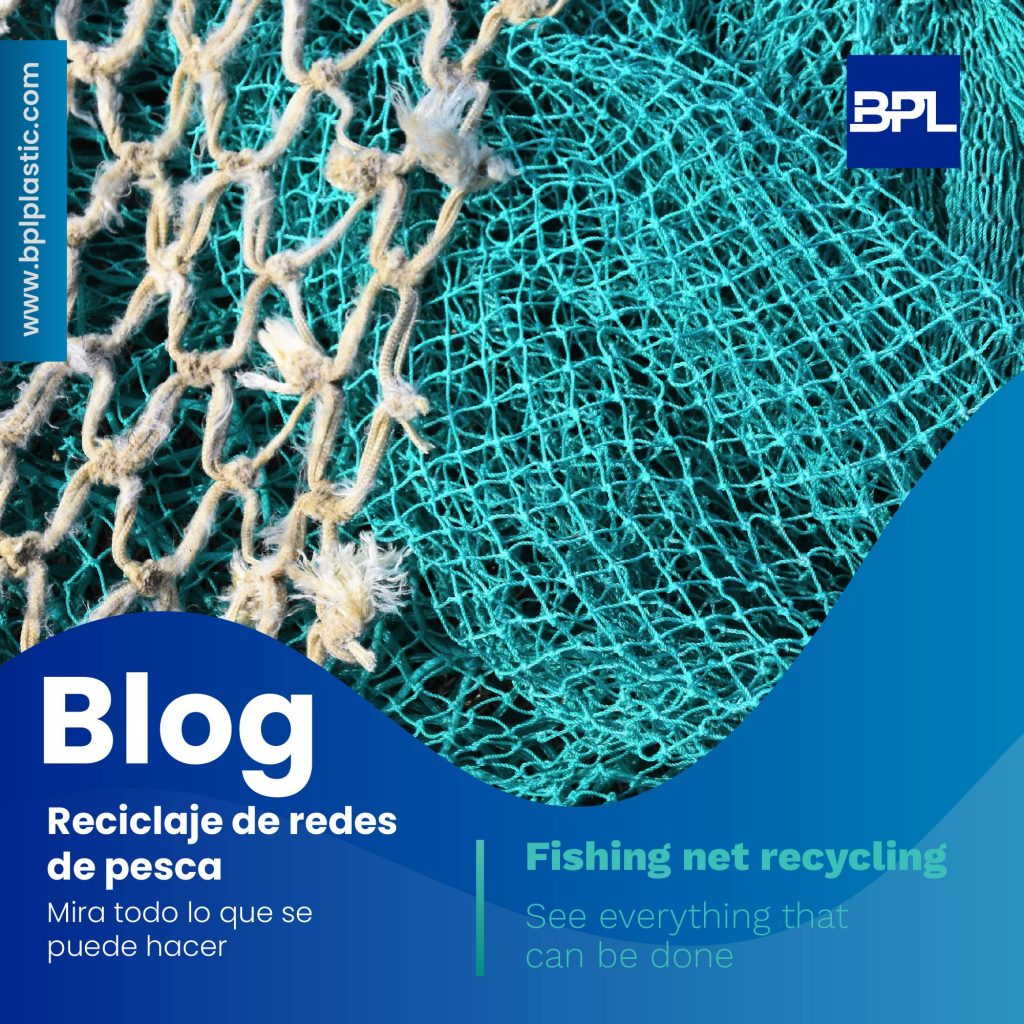Littering. It may not sound like it to you, but it is a concept that, unfortunately, is becoming more and more current.
In today’s article we tell you what exactly it is and how we can prevent it.
What is littering?
Littering is a term used to refer to the garbage found in the environment, such as plastics, bottles, cans, bags, among others.

This problem is increasingly common and has serious consequences for the environment, and it is a global problem.
We are fully aware of the negative impact that many of our actions have on nature.
Currently, it is estimated that there are around 8 million tons of plastic in the oceans, for example, which is having a negative impact on marine fauna and water quality.
Plastic waste also affects terrestrial ecosystems, since it contaminates the soil and can affect the health of the flora and fauna that inhabit it.
How many times have we gone out for a walk in the countryside and found bottles, cans and other waste lying around in the middle of nature?
What consequences does littering have?
Littering has serious consequences for the environment:
- Soil contamination: Plastic waste and other debris can contaminate the soil, which can affect the health of the flora and fauna that inhabit it.
- Water pollution: Litter can also contaminate water, both in rivers and oceans, which can affect water quality and marine life.
- Impact on fauna: Plastic waste can be confused by marine and terrestrial fauna with food, which can cause harm and even death to animals.
- Impact on the climate: Littering can also have an impact on the climate, since some materials, such as plastic, take years to decompose and can release greenhouse gases.
- Increases the risk of forest fires: A glass bottle exposed to the sun can start a fire.
- It can increase the risk of flooding: Depending on the area where we throw garbage, it can end up in the drains, clogging them.

It is important to take steps to reduce the amount of waste we produce and to properly recycle the materials we use to reduce our impact on the environment.
Actions to prevent and eliminate littering
Recycling is one of the most effective solutions to combat it.
By recycling, you reduce the amount of waste going to landfills and use less energy to produce new products.
Plastic recycling, in particular, is one way to combat litter, since plastic is one of the main pollutants in the environment.
We also have to do our part, if we go out to the field we must collect all our waste and leave nothing behind.
Just like if we go to the beach or any other natural environment.

Even if we don’t get dirty, we can also help by cleaning up what, unfortunately, others have made dirty.
If we go to the field to spend the day and see that there is rubbish around us, we can pick it up and throw it away with our waste.
It would also be convenient to influence environmental education, holding workshops in schools and institutes, for example.
If we teach our children and youth to take care of the environment, they will always do so.
In conclusion, littering is a serious problem that affects the environment.
If we all come together in this effort, we can make a big positive change on our planet.




